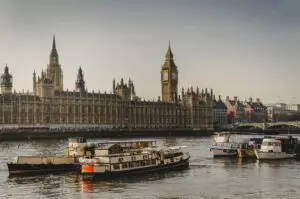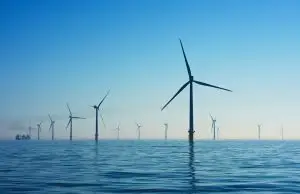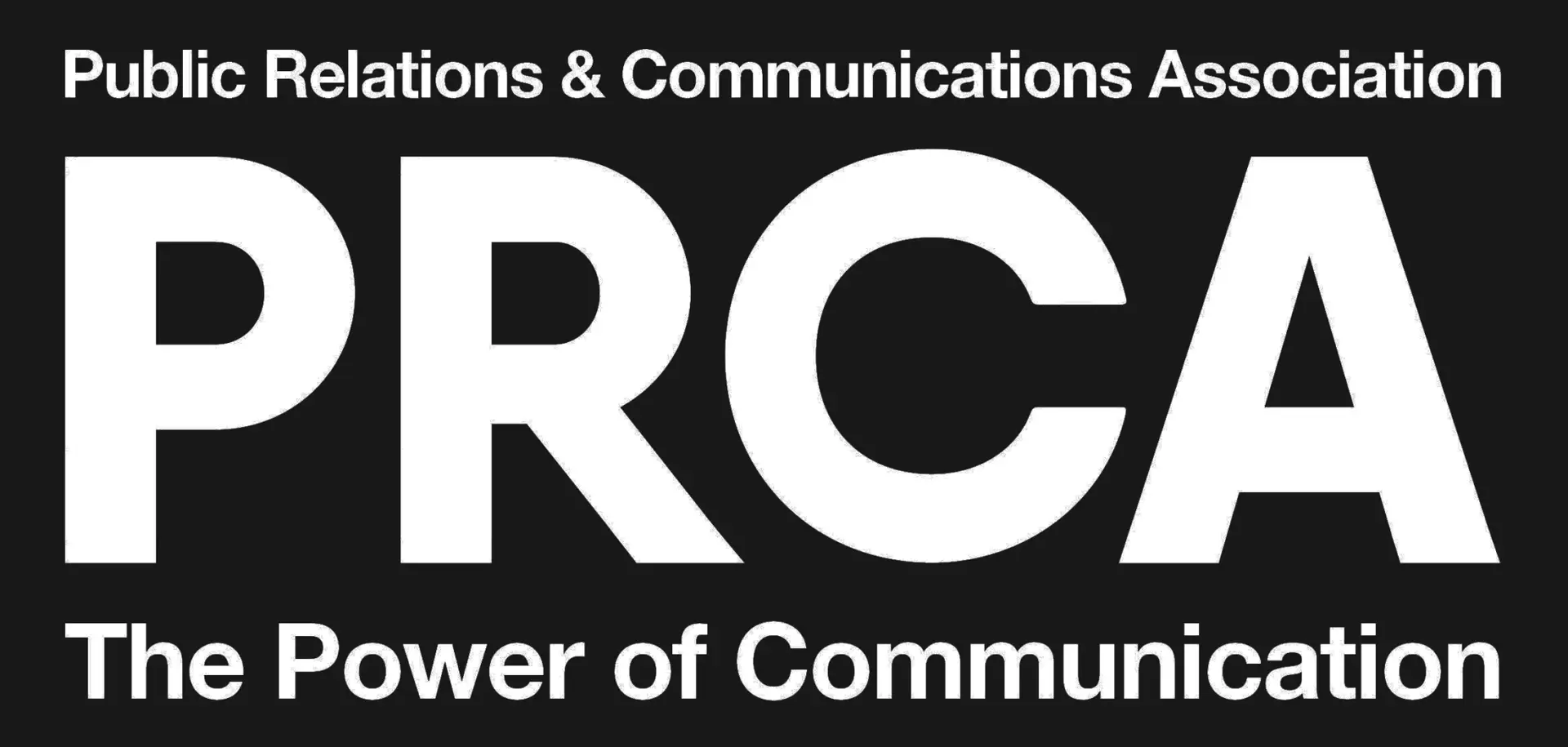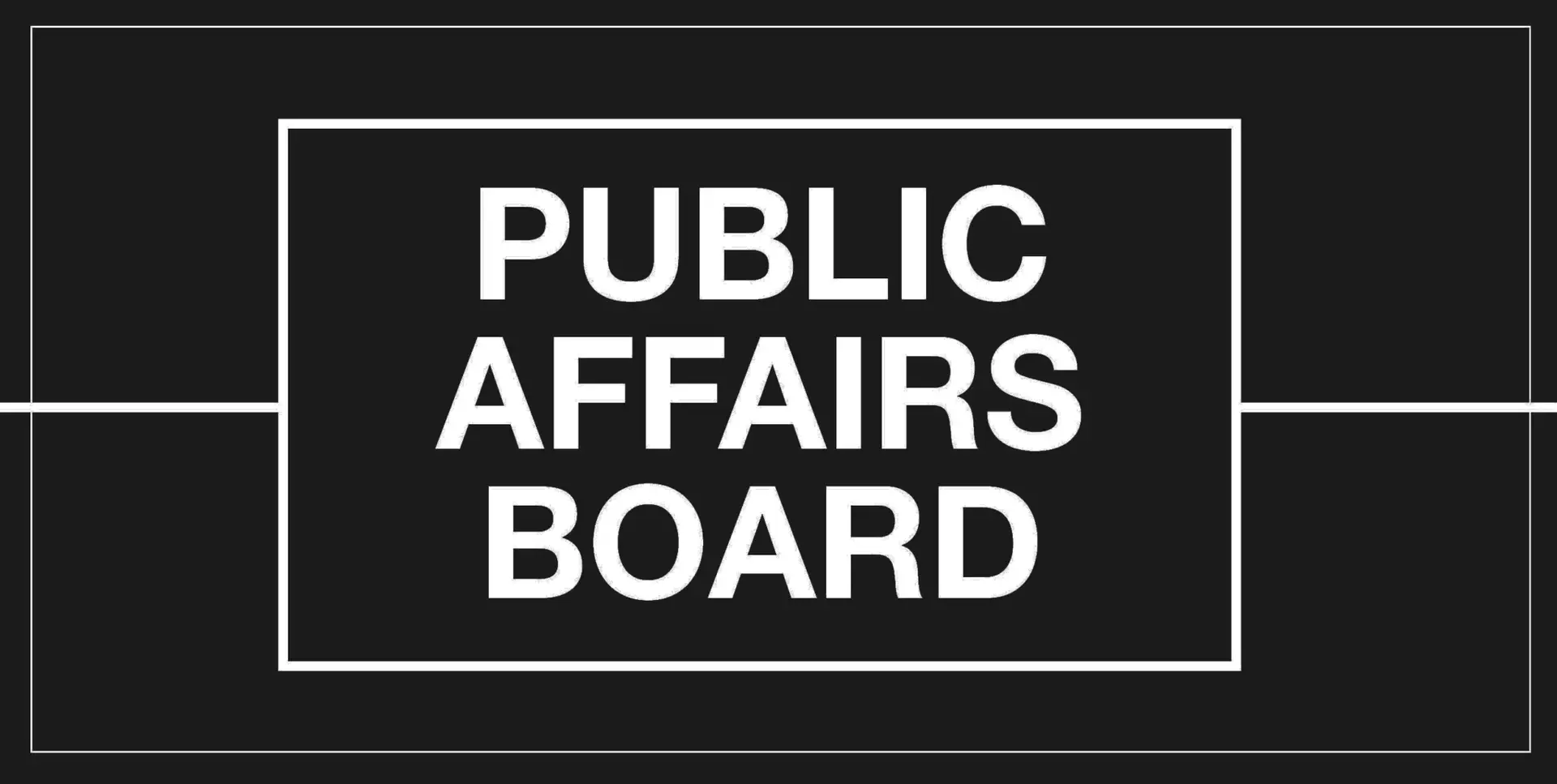On 13 November, the Prime Minister reshuffled his frontbench. As with any reshuffle, those who were appointed, and those who were sacked, can give observers insights into the thoughts of the PM. Sunak’s most recent reshuffle shows a shift towards competence, moderation, and a defence of the traditional Conservative heartlands.
Headlines were dominated by the appointment of former Prime Minister David Cameron as Foreign Secretary. Cameron’s appointment was unexpected: such a senior post has not been held by a member of the House of Lords since 1982,[1] and a former Prime Minister has not served in a successor’s Cabinet since 1974.[2] Cameron has unparalleled experience of international affairs and speaking to the media from his time as Prime Minister, it is likely that one of Sunak’s aims was to appoint a Foreign Secretary who can commandingly respond to ongoing international crises while the PM himself focusses on his domestic objectives, such as reducing illegal immigration and cutting NHS waiting lists.
Meanwhile, other ministerial appointments saw unreliable ministers replaced with those who are more dependable. Suella Braverman, who often dominated headlines for the wrong reasons, was replaced as Home Secretary by James Cleverley, who is seen by the Conservatives as a good media performer.
Cameron’s appointment is also an example of a wider shift towards the centre. Right-wingers such as Braverman, and those associated with Liz Truss, such as Therese Coffey, were sacked, while new entrants to the Cabinet such as Victoria Atkins and Laura Trott are seen as more moderate. This represents a significant change from Sunak’s earlier messaging, as recently as the Conservative Party Conference in October, when Sunak attempted to distance himself from the preceding twelve years of Conservative Government by attacking ‘the thirty-year political status quo I am here to end’. Indeed, one prominent Truss ally, Simon Clarke MP, subtly criticised Sunak’s reshuffle, using a football analogy, for failing to include enough right-wingers.[3]
Finally, the reshuffle is a sign that the Conservatives are adopting a defensive strategy with regards to the General Election. Since September 2022, the Conservatives have plummeted in the polls and are now twenty points behind the Labour Party as of 20 November 2023.[4] In light of this poor performance, the Prime Minister seems to have shifted to a strategy of defending Conservative heartlands, rather than seeking to defend the ‘Red Wall’ seats which were first won in 2019. Of those ministers attending Cabinet, only three represent seats in the North of England,[5] while only Richard Holden, the new Conservative Party Chair, represents a Northern seat which is not traditionally Conservative.
Furthermore, Sunak seems to be placing somewhat less importance on the diversity of his top team. While half of the four most senior Cabinet posts are held by those with a ethnic minority background, all four of them are privately-educated men.[6] Taken together, this reshuffle seems to suggest that, in the face of Labour’s large lead in the polls, Sunak seeks to win over traditional Conservative voters in rural areas and Southern England, adopting a defensive strategy, rather than trying to defend those seats first won in 2019.
[1] House of Commons Library, Ministers in the House of Lords, 17 November 2023, p.7, link
[2] Prime Minister’s Office, 10 Downing Street, British Prime Ministers who returned to government, 14 November 2023
[3] X, Simon Clarke MP post, 13 November 2023, link
[4] Politico, United Kingdom National parliament voting intention¸ 20 November 2023, link
[5] UK Parliament, His Majesty’s Government: The Cabinet, link
[6] The Guardian, Men hold top four roles in UK government for first time since 2010, 14 November 2023, link







